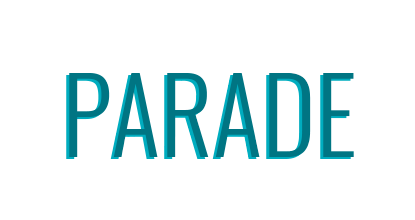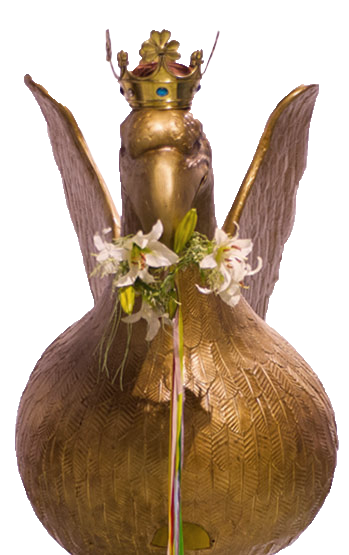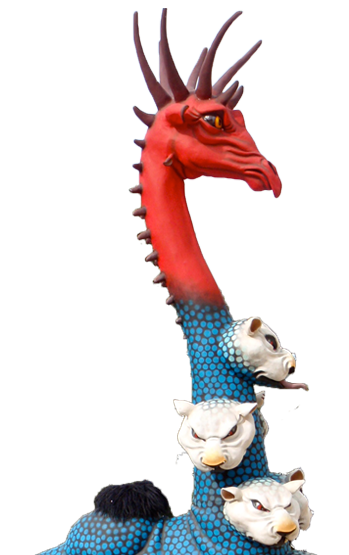
Beatusaurus
The dragon with seven heads
| Height | 4'16m |
| Weight | 52'5kg |
| Length | 2'64m |
| Width | 0,97m |
| Dance | Ball del Beatusaure i la Bruixa |
In the past, Girona had two dragons, a big dragon (Drac Major) and a little dragon (Dragolí). These dragons disappeared in 1859, crushed by the collapse of the roof of the Chapel of Saint Michael, located in the City Hall complex. In memory of these dragons, the Fal·lera Gironina, the city's giant puppetry troupe, came up with a new one. Since no images existed that would permit the recreation of the old dragons, a very different one was constructed.
This dragon was inspired by a miniature from the Beatus, a medieval manuscript, belonging to the Girona Cathedral, which depicts the beast from the biblical text of the Apocalypse: the dragon with seven heads and ten horns that appears on folio 176(v): A representation of evil.
It was designed and made by Nuxu Perpinyà, with collaboration from other members of the Fal·lera Gironina, who dance the giants (those who carry and dance the giant festival figures—gegants in Catalan—are called geganters).
The head at the top, the largest, is red and is crowned with 10 horns. The other six heads, which are white and have feline features, are distributed on the beast’s neck, each one with its own characteristics. The top-most one is sticking out its tongue, another has a gnawed ear, and the bottom-most one is roaring. Its open mouth permits the carriers to see. The coat, whick is black covered with blue spots, hides a hump on the beast's back through which confetti can be shot. The short tail mocks the biblical text that announces that when the end of the world arrives, the dragon will sweep the stars with it.
The dragon can be carried by one or by two people. It is named Beatusaurus, even though it is also known as “Beatus” or simply “Dragon.” Each year it goes out at least twice: on Saint George’s Day (April 23rd), the feast of the patron saint of Catalonia, and during the “Markets and Festivals of Saint Narcissus,” Girona’s major festival, at the Plaza of Wine (Plaça del Vi, in front of City Hall), it performs its festival dance to the rhythm of “Porrots.”








